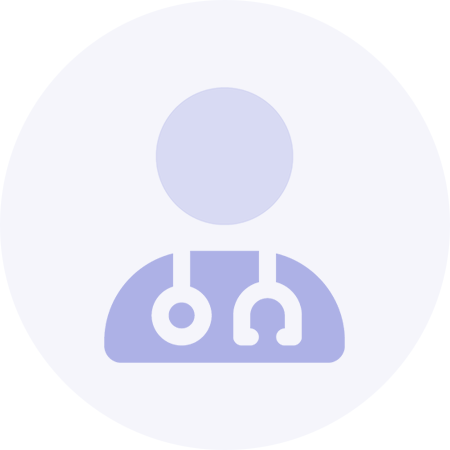Understanding Chronic Obstructive Pulmonary Disease (COPD)
Chronic Obstructive Pulmonary Disease, commonly referred to as COPD, is a progressive lung condition that makes it hard to breathe. It signifies a group of diseases, including emphysema and chronic bronchitis, that cause airflow blockage and breathing-related issues. If you or someone you love feels breathless from day-to-day activities, COPD might be the culprit.
Spotting the Signs of COPD
People with COPD often experience symptoms like persistent coughing, an increased production of mucus, shortness of breath, and wheezing. While these can occasionally be mistaken for symptoms of a cold or allergies, their persistence and progression over time often distinguish COPD from more common respiratory issues.
Diagnosing COPD
When you visit a pulmonologist, they may use a combination of a detailed medical history, physical examination, and specialized tests like spirometry to accurately assess and diagnose COPD. Spirometry is particularly useful as it measures how much air you can inhale and exhale, as well as how fast you can blow air out, providing vital information about lung function.
The Role of Telemedicine in Managing COPD
Thanks to the advancements in telemedicine, getting professional advice and managing COPD has never been easier. Online consultations can provide you with the expert guidance you need, without the need for a commute, especially beneficial if your breathing issues make travel challenging. Connect with specialists online to discuss your symptoms, review treatment plans, and explore ways to improve your quality of life.



